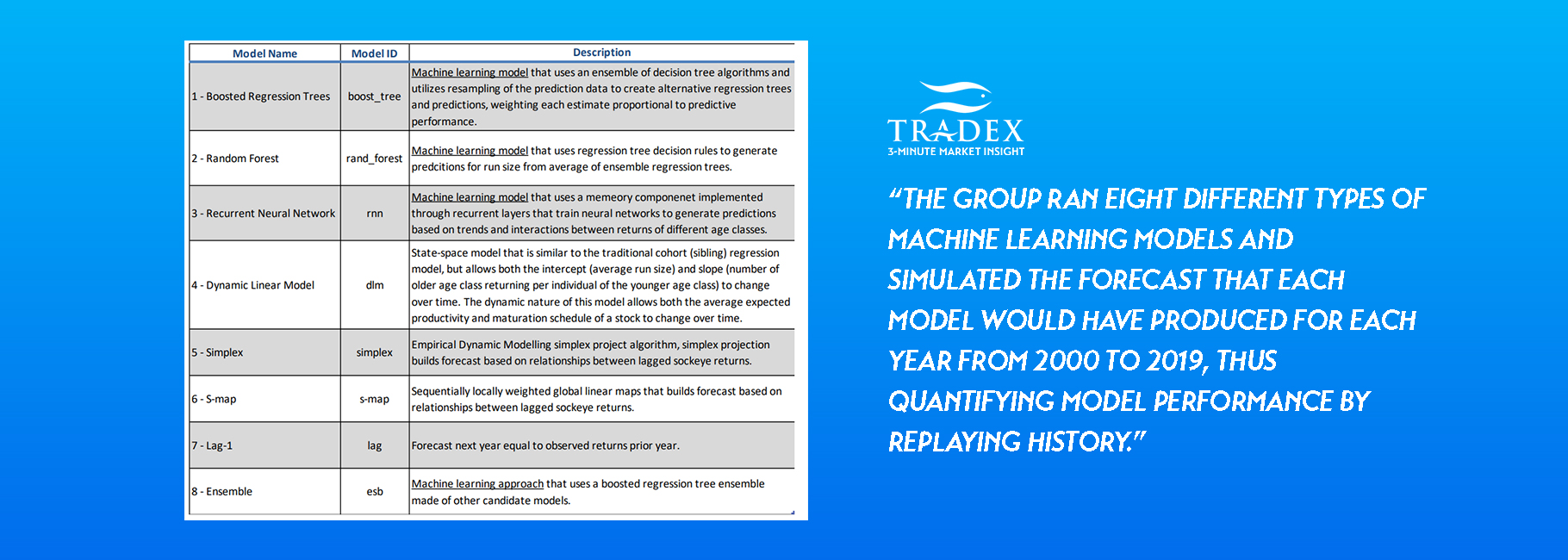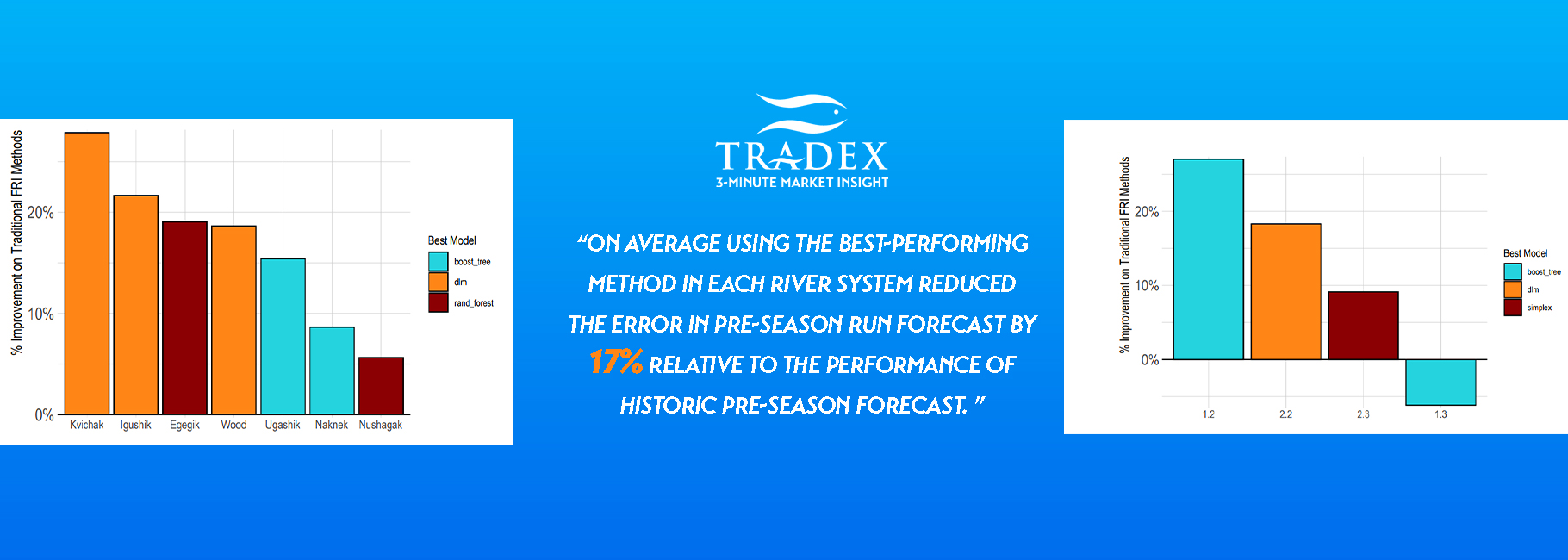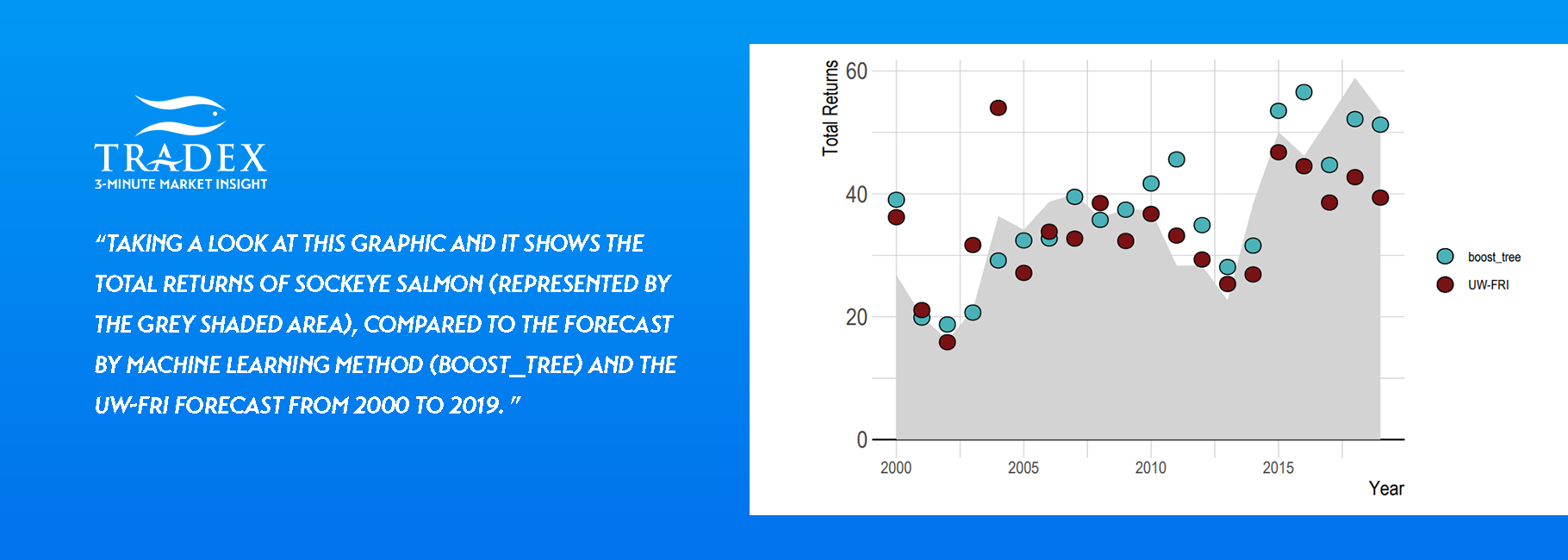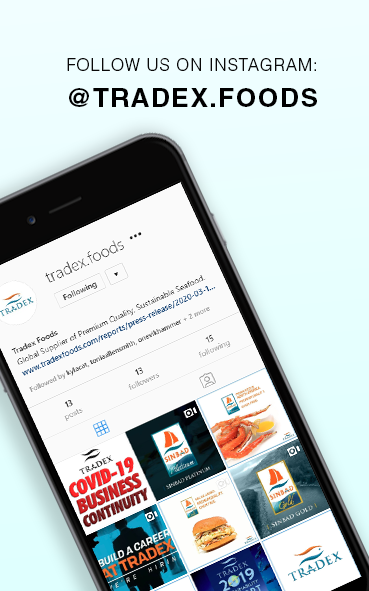
Loading
EP 524 | AIRED 02/08/2021
AI Machine Learning The Future Of Salmon Forecasting
February 8th, 2021 --- This week we report on how Artificial Intelligence and Machine Learning could be used to project Salmon forecast as we reveal a project out of University of Washington's Alaska Salmon Program.
--- Modern computational tools such as Machine Learning have transformed predictive fields from advertising to weather forecasting however, these methods are underutilized for managing ecological systems such as Wild Salmon.
Accurate preseason forecasts play an important role in management and harvesting decisions - where errors in forecasts result in increased risk and costs for fishers, processors and managers, and increase the potential for forgone yield.University of Washington’s Fisheries Research Institute and Alaska Deparment of Fish & Game's preseason forecasts have traditionally relied on relationships between age classes within a river system to predict future run size.
For example: the number of year 2-ocean salmon are used to predict the number of year 3-ocean salmon that will return the next year within a river system, based on long-term averages.
Although traditional methods have proven informative and effective, forecast models have exhibited poorer performance in some recent years, suggesting they are becoming less useful under changing climate conditions or as a result of changes in sockeye life history or marine survival.

--- Queue in project "Improving Preseason Forecast with Artificial Intelligence Methods" led by fisheries veteran Ray Hilborn.
This technique used various machine-learning methods to explore how information on historic Bristol Bay sockeye return numbers across many different age classes and systems at once, together with data on environmental factors such as sea-surface temperature and abundance of other salmon species during a cohort’s ocean phase, could improve pre-season forecast accuracy at the system, age-group, and Bay-wide level.
The group ran eight different types of machine learning models and simulated the forecast that each model would have produced for each year from 2000 to 2019, thus quantifying model performance by replaying history.

The conclusion is that Artificial Intelligence Machine Learning methods "CAN" improve pre-season forecast of Bristol Bay Sockeye Salmon.
On average using the best-performing method in each river system reduced the error in pre-season run forecast by 17 percent relative to the performance of historic pre-season forecast.

Advertise Here: advertising@tradexfoods.com
--- Taking a look at this graphic and it shows the total returns of Sockeye Salmon (represented by the grey shaded area), compared to the forecast by machine learning method (boost_tree) and the UW-FRI forecast from 2000 to 2019.
If you would like to learn more about this, today at 10:30am Pacific Standard Time, the Bristol Bay Regional Seafood Development Association is hosting a public 2021 Bristol Bay Forecast Meeting where Artificial Intelligence/Machine Learning and Bristol Bay Forecasting will be among one of the presentations.
Click here for access.

Our recommendation this week echos what was said last week - that is to secure your Alaska Cod and Pollock requirements now.
More specifically to this week, Pacific Cod Loins are extremely short and NOW is a good time to look into switching to fillets.
--- If you are not already, be sure to subscribe to our 3-Minute Market Insight using the signup form below to keep tuned-in to all upcoming market insights.


